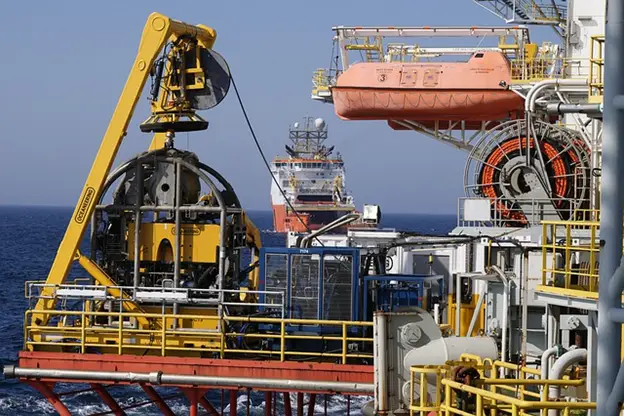
Oil fields are a dangerous place, but they can be made safer by following certain guidelines. It’s important to adhere to rules, regulations, and guidelines set forth to keep the industry as safe as possible, ensuring that workplace safety is a priority. This also keeps liability insurance low and keeps the cost of operations lower in the long run. Fewer workplace accidents result in fewer insurance payouts and lower premiums for safety-conscious businesses.
Oilfield safety is an actual job title and that shows what a commitment that the industry must maintain safety and adherence to policies set forth by organizations such as PEC, NCMS, Avetta, and ISNetworld Safety Standards.
New Oilfield Safety For 2020
Each year, after careful evaluation of the previous year’s accidents and machinery advances, safety standards are changed accordingly. This year there are some new standards as with any other previous year. The idea is that lives will be saved, and worksites will have a higher standard while still being productive.
It’s sometimes a fine line between maintaining the highest levels of safety while still allowing companies to be productive. Time is money and being safe sometimes requires extra steps in set-ups, take-downs, and supervision of work crews. It’s worth it in the end for companies that will pay steep fines when caught not adhering to oilfield regulations.
The oil and gas industry are considered one of the most dangerous industries in the United States to work in. Rightly so, it is also the most heavily regulated for safety measures. OSHA has very specific regulations that must be followed, for the safety and health of workers.
We have seen some regulations recently relaxed and shortly thereafter, explosions occurred at plants in Texas, just outside of Houston. These explosions cost the company involved millions of dollars and will likely result in more money in fines at some point in the future. The industry learns from these incidents and adjusts the rules and regulations to fill gaps made apparent when these sorts of incidents happen.
Unequaled Growth
The oil and gas industry enjoyed exponential growth, more than doubling its workforce between 2003 and 2014. As you might imagine, keeping up with technology, increased growth at incredible rates, and having more than double the workforce to keep an eye on, the industry was forced to go through some serious changes in safety.
Maintaining safety has required constant oversight and these organizations have been hard at work making constant changes to ensure that workers and their environments are always safe . From small issues to critical stage safety measures that can have massive consequences, the oversight is still there.
As of 2017, according to API, over 10.3 M people were employed by the oil and gas industry. By 2015, more than $1 Trillion dollars of the US economy was tied to the oil and gas industry. It’s crucial to the country that this industry remains as safe as possible and continues to grow and employ millions of Americans.


